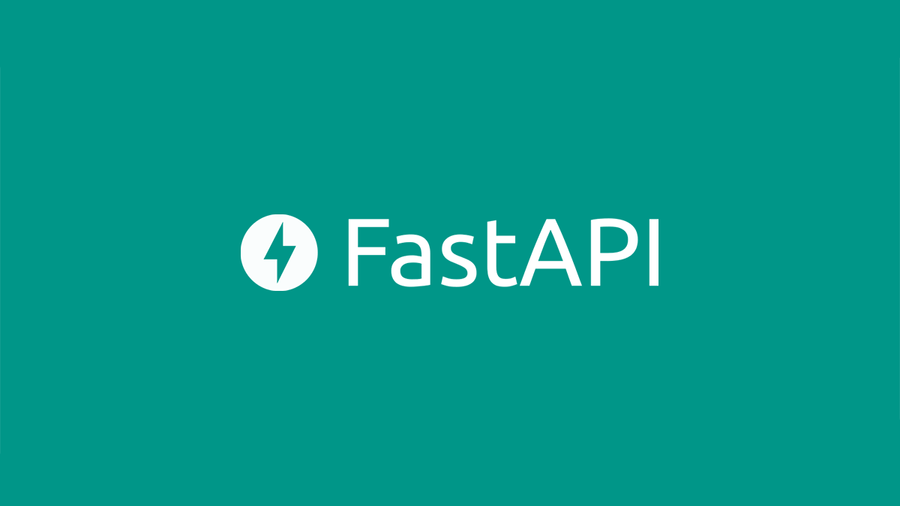Why You Should Be Using FastAPI for Python Web Development
As an AI language model, ChatGPT can generate natural language text in response to prompts given to it.

Introduction
Python is a popular programming language used for a wide range of applications, including web development. If you’re a Python developer, you might be familiar with popular web frameworks like Django or Flask. However, there’s a new kid on the block that’s quickly gaining popularity among developers - FastAPI.
In this blog post, we’ll introduce FastAPI and explain why it’s becoming the go-to choice for web development in Python.
What is FastAPI?
FastAPI is a modern web framework for building APIs with Python 3.7+ based on the asynchronous programming paradigm. It’s designed to be fast, easy to use, and highly performant. Some of the key features of FastAPI include:
Type annotations: FastAPI uses Python’s type annotations to define the inputs and outputs of your API endpoints, making it easy to document your API and automatically generate interactive API documentation using tools like Swagger or ReDoc. Fast performance: FastAPI is built on top of the Starlette framework and uses asynchronous programming to provide high performance and low latency. Automatic serialization: FastAPI automatically serializes and deserializes data from your API endpoints, making it easy to work with JSON or other formats. Dependency injection: FastAPI provides a built-in dependency injection system that makes it easy to organize your application’s dependencies and keep your code modular.
Why use FastAPI?
So why should you choose FastAPI for your next web development project? Here are a few reasons:
Fast performance: As mentioned, FastAPI is built for speed and performance, making it a great choice for building high-performance APIs.
Easy to use: FastAPI’s use of Python’s type annotations and automatic serialization make it easy to get started with building APIs quickly.
Great documentation: FastAPI’s automatic documentation generation using Swagger or ReDoc makes it easy to document your API and keep your API documentation up to date.
Modular design: FastAPI’s built-in dependency injection system makes it easy to keep your code organized and modular, making it easier to maintain and scale your codebase.
Getting started with FastAPI
If you’re interested in trying out FastAPI, here’s a quick guide to getting started:
Install FastAPI: You can install FastAPI using pip or pipenv:
pip install fastapiCreate a new application: You can create a new FastAPI application by creating a new Python file and importing the FastAPI module:
from fastapi import FastAPI
app = FastAPI()Define your API endpoints: You can define your API endpoints using Python’s type annotations, like this:
from fastapi import FastAPI
app = FastAPI()
@app.get("/")
def read_root() -> dict:
return {"Hello": "World"}
@app.get("/items/{item_id}")
def read_item(item_id: int, q: str = None) -> dict:
return {"item_id": item_id, "q": q}
Start the development server: You can start the development server using the uvicorn command:
uvicorn main:app --reloadConclusion
FastAPI is a modern web framework for building APIs with Python, and it’s quickly gaining popularity among developers due to its ease of use, great documentation, and high performance. If you’re a Python developer looking for a new framework to try out, we highly recommend giving FastAPI a try. With its type annotations, automatic serialization, and built-in dependency injection, you’ll be able to build APIs quickly and efficiently.